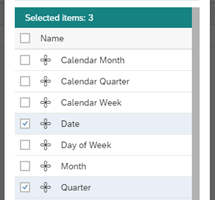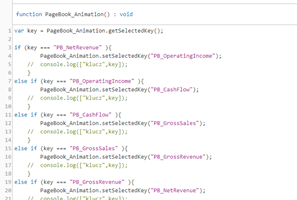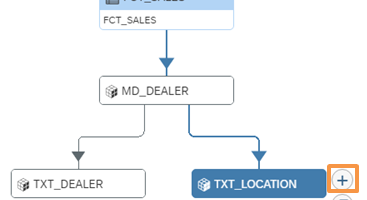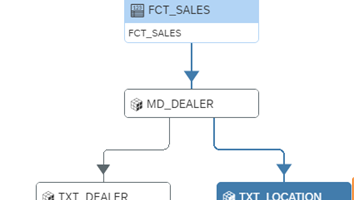SAP Analytics Cloud – Analytics Designer. Part 1 Planning interface
Część 1. Formatka planistyczna z możliwością obsługi czynności na danych. SAP Analytics Cloud z każdą aktualizacją dostarcza bardzo wiele ciekawych funkcjonalności, które łączą ze sobą świat Business Intelligence, planowania i predykcji w jednym środowisku. Jednym z ciekawszych tematów jest wykorzystanie modułu SAP Analytics Designer, który w znacznym stopniu rozszerza możliwości …








